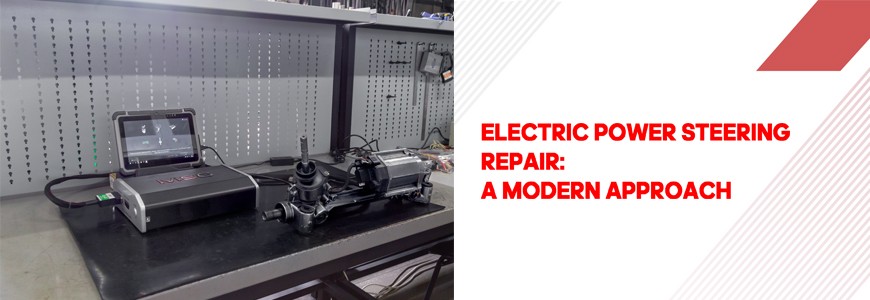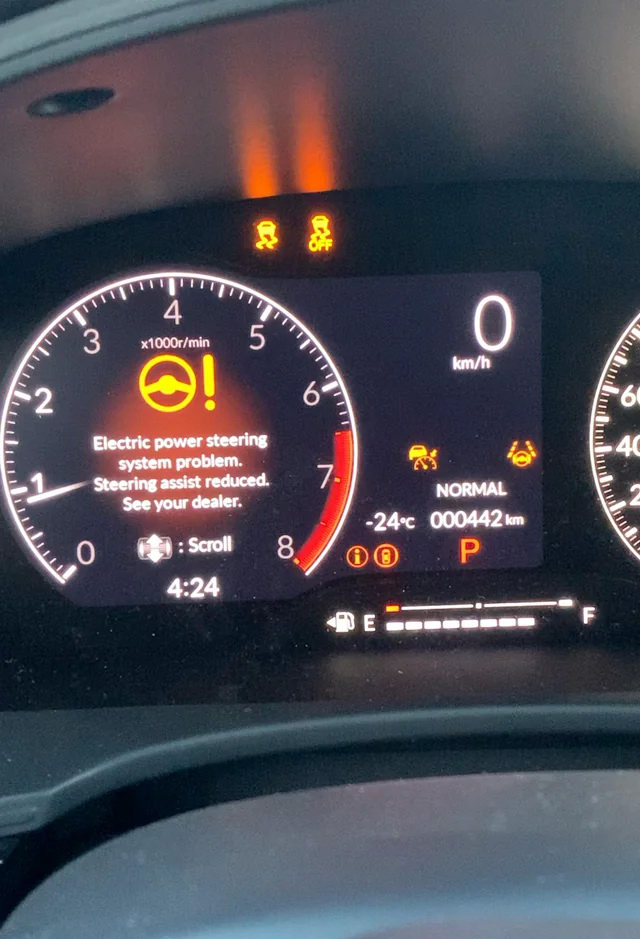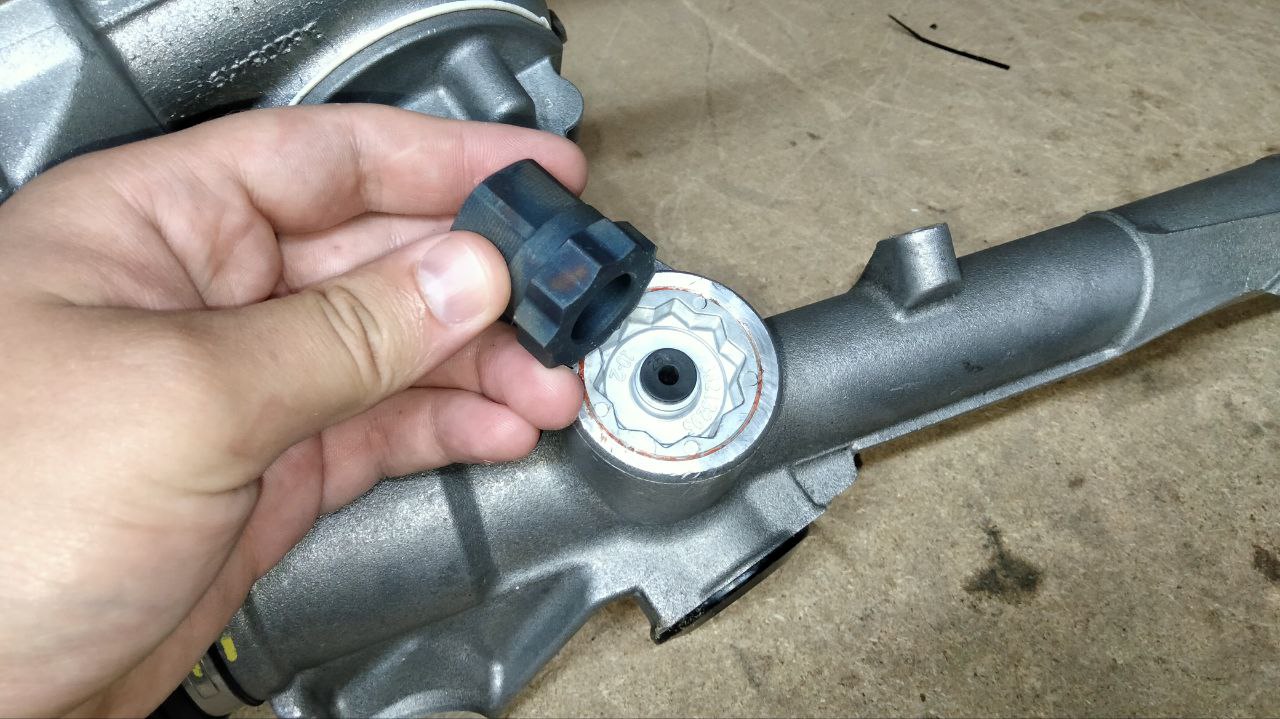
Modern vehicles are equipped with numerous electronic systems that ensure comfort and safety while driving. One of the key systems responsible for vehicle maneuverability is the power steering system (EPS). This component significantly simplifies vehicle control, especially at low speeds and during maneuvers. Malfunction of the power steering system poses a serious danger, so it is important not to delay visiting an auto repair shop. In most cases, power steering system malfunctions can be reliably repaired to ensure it operates for many more miles.
The use of modern diagnostic methods allows for effectively detecting even the slightest problems with the power steering and promptly addressing them, ensuring uninterrupted operation of the vehicle and safety on the road.
EPS repair is carried out in several stages:
• Diagnosis and identification of the cause of the malfunction;
• Replacement of faulty components or elimination of software errors;
• Testing and post-repair verification;
• Adaptation of the unit to the vehicle.
Diagnosis and Identification of EPS Malfunction Causes
One of the first steps in EPS diagnosis is connecting diagnostic tools (scanners) to the vehicle. Modern vehicles are equipped with a large number of sensors and internal diagnostic systems. Using an automotive diagnostic scanner allows access to error codes and management system data, which helps identify possible problems. For maximum diagnostic accuracy of the power steering system, it should be diagnosed by disconnecting it from the vehicle's electrical system to eliminate the influence of possible malfunctions in the vehicle's control system.

The best tool for diagnosing the power steering system is the MS561 PRO tester, which can test over 4000 EPS and EPAS units controlled via CAN, CAN-FD, and FlexRay buses, as well as units controlled by PWM signals and various special signals. The MS561 PRO tester checks both the electrical components and the mechanical part of the EPS unit. During diagnostics, the MS561 PRO provides a lot of useful information that facilitates fault finding:
• Connection diagram of the universal cable to the unit;
• Normal (correct) current consumption that should be for the tested unit;
• Data packets received from the unit and their decryption;
• A list of non-critical errors that may occur when the power steering system operates outside the vehicle's onboard network.
To quickly and easily diagnose EPS faults using the MS561 PRO tester, you can take the online course "Diagnosis and Repair of EPS Units" at the MSG Equipment training center. This course covers the methodology for diagnosing power steering system faults and how to solve all arising problems.
Electric power steering repair
After identifying the fault, it is necessary to replace the faulty components. This may include the electric motor, steering position sensor, electronic control unit, or other amplifier elements. The repair process is individual for each unit. Special tools may be required to disassemble the power steering system. MSG Equipment offers a wide range of special wrenchs and adapters that ensure the integrity of EPS components during unit disassembly.
After replacing some components, such as sensors, to ensure that the EPS system correctly detects the steering wheel position and responds to control signals, calibration is required. This is an important step that ensures the correct operation of the power steering system and its compliance with manufacturer specifications. The procedure is also performed by the MS561 PRO tester.
Testing and Verification of Power Steering System After Repair
After completing the repair, it is necessary to conduct testing and verification of the power steering system operation. Thorough testing helps ensure the quality of the repair and guarantees the driver's safety.
Adaptation, Programming, and Binding of the Repaired Steering Rack
During repairs, various components such as the electric motor, steering position sensor, or electronic control unit may have been replaced or reconfigured. This can affect the proper functioning of the installed repaired power steering. To address this, one of the following actions is performed: adaptation, programming, or binding. Each case is individual and depends on the specific vehicle and power steering unit.
The final step in restoring the steering rack with power steering is to perform a wheel alignment to ensure optimal control and driver comfort.



COMMENTS